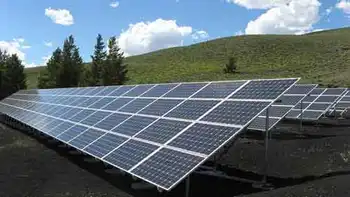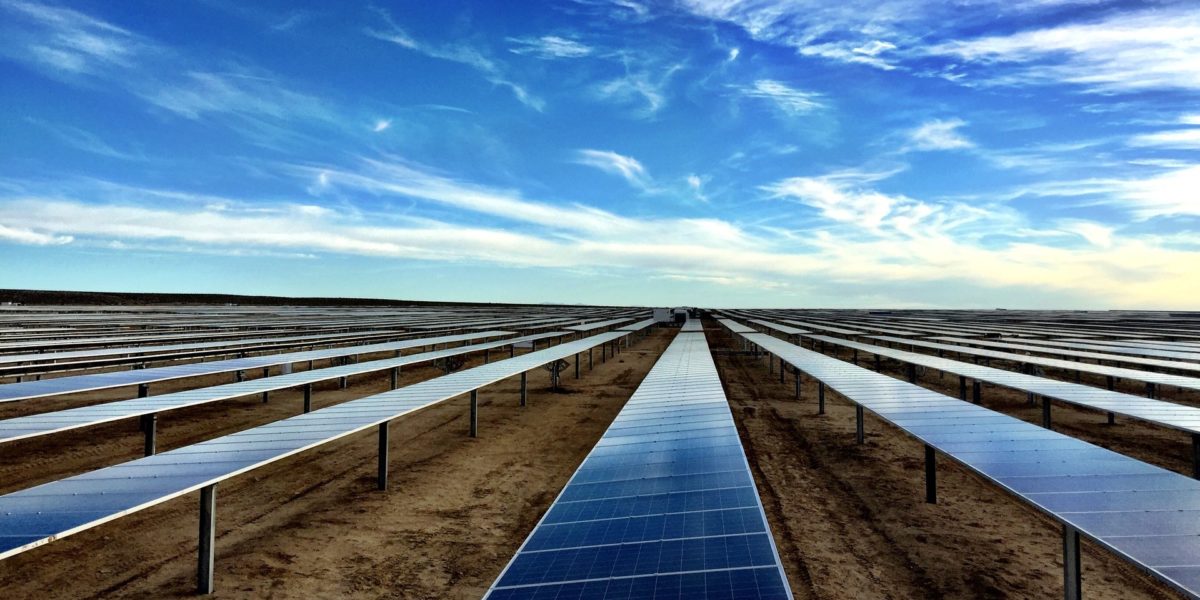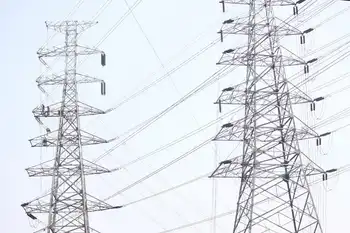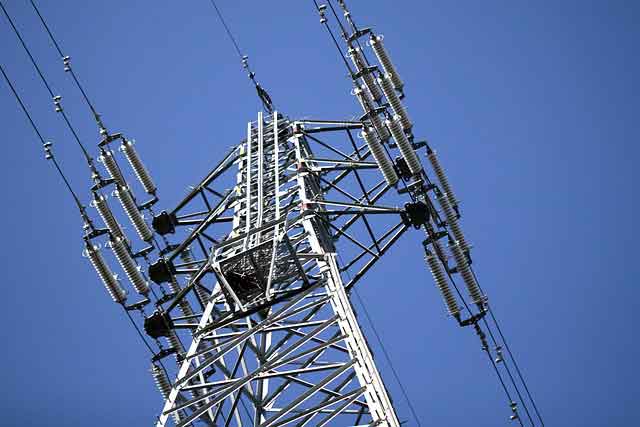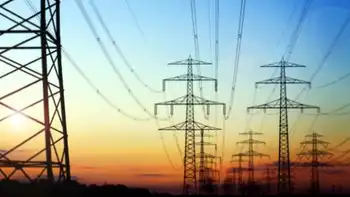Energy Department Announces 20 New Competitors for the American-Made Solar Prize
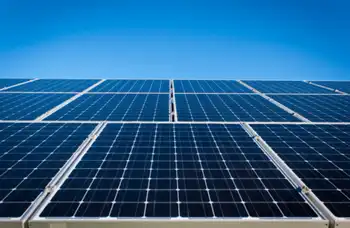
Arc Flash Training CSA Z462 - Electrical Safety Essentials
Our customized live online or in‑person group training can be delivered to your staff at your location.

- Live Online
- 6 hours Instructor-led
- Group Training Available
American-Made Solar Prize Round 3 accelerates DOE-backed solar innovation, empowering entrepreneurs and domestic manufacturing with photovoltaics and grid integration support via National Laboratories, incubators, and investors to validate products, secure funding, and deploy backup power.
Key Points
A DOE challenge fast-tracking solar innovation to market readiness, boosting US manufacturing and grid integration.
✅ $50,000 awards to 20 teams for prototype validation
✅ Access to National Labs, incubators, investors, and mentors
✅ Focus on PV advances and grid integration solutions
The U.S. Department of Energy (DOE) announced the 20 competitors who have been invited to advance to the next phase of the American-Made Solar Prize Round 3, a competition designed to incentivize the nation’s entrepreneurs to strengthen American leadership in solar energy innovation and domestic manufacturing, a key front in the clean energy race today.
The American-Made Solar Prize is designed to help more American entrepreneurs thrive in the competitive global energy market. Each round of the prize brings new technologies to pre-commercial readiness in less than a year, ensuring new ideas enter the marketplace. As part of the competition, teams will have access to a network of DOE National Laboratories, technology incubators and accelerators, and related DOE efforts like next-generation building upgrades, venture capital firms, angel investors, and industry. This American-Made Network will help these competitors raise private funding, validate early-stage products, or test technologies in the field.
Each team will receive a $50,000 cash prize and become eligible to compete in the next phase of the competition. Through a rigorous evaluation process, teams were chosen based on the novelty of their ideas and how their solutions address a critical need of the solar industry. The teams were selected from 120 submissions and represent 11 states. These projects will tackle challenges related to new solar applications, like farming, as well as show how solar can be used to provide backup power when the grid goes down, aided by increasingly affordable batteries now reaching scale. Nine teams will advance solar photovoltaic technologies, and 11 will address challenges related to how solar integrates with the grid. The projects are as follows:
Photovoltaics:
- Durable Antireflective and Self-Cleaning Glass (Pittsburgh, PA)
- Pursuit Solar - More Power, Less Hassle (Denver, NC)
- PV WaRD (San Diego, CA)
- Remotely Deployed Solar Arrays (Charlottesville, VA)
- Robotics Changing the Landscape for Solar Farms (San Antonio, TX)
- TrackerSled (Chicago, IL)
- Transparent Polymer Barrier Films for PV (Bristol, PA)
- Solar for Snow (Duluth, MN)
- SolarWall Power Tower (Buffalo, NY)
Systems Integration:
- Affordable Local Solar Storage via Utility Virtual Power Plants (Parker, TX)
- Allbrand Solar Monitor (Detroit, MI)
- Beyond Monitoring – Next Gen Software and Hardware (Atlanta, GA)
- Democratizing Solar with Artificial Intelligence Energy Management (Houston, TX)
- Embedded, Multi-Function Maximum Power Point Tracker for Smart Modules (Las Vegas, NV)
- Evergrid: Keep Solar Flowing When the Grid Is Down (Livermore, CA)
- Inverter Health Scan (San Jose, CA)
- JuiceBox: Integrated Solar Electricity for Americans Transitioning out of Homelessness and Recovering from Natural Disasters (Claremont, CA)
- Low-Cost Parallel-Connected DC Power Optimizer (Blacksburg, VA)
- Powerfly: A Plug-and-Play Solar Monitoring Device (Berkeley, CA)
- Simple-Assembly Storage Kit (San Antonio, TX)
Read the descriptions of the projects to see how they contribute to efforts to improve solar and wind power worldwide.
Over the next six months, these teams will fast-track their efforts to identify, develop, and test disruptive solutions amid record solar and storage growth projected nationwide. During a national demonstration day at Solar Power International in September 2020, a panel of judges will select two final winners who will receive a $500,000 prize. Learn more at the American-Made Solar Prize webpage.
The American-Made Challenges incentivize the nation's entrepreneurs to strengthen American leadership in energy innovation and domestic manufacturing. These new challenges seek to lower the barriers U.S.-based innovators face in reaching manufacturing scale by accelerating the cycles of learning from years to weeks while helping to create partnerships that connect entrepreneurs to the private sector and the network of DOE’s National Laboratories across the nation, alongside recent wind energy awards that complement solar innovation.
Go here to learn how this work aligns with a tenfold solar expansion being discussed nationally.
https://www.energy.gov/eere/solar/solar-energy-technologies-office





